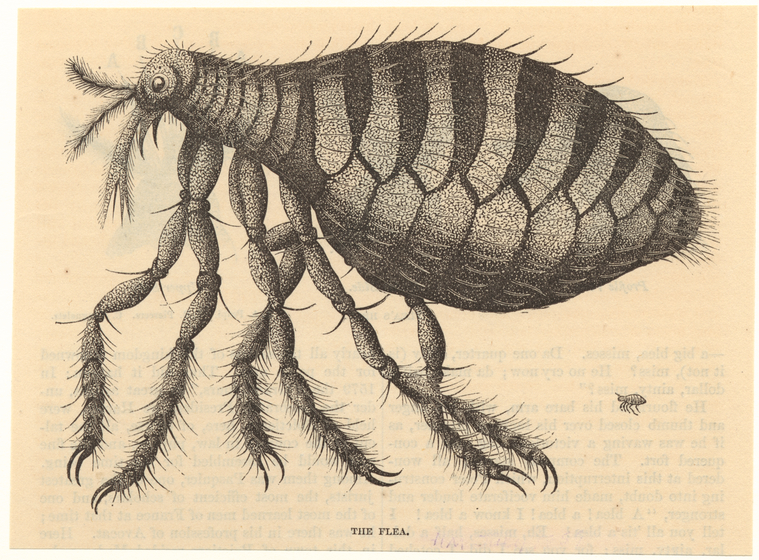Looking at Biology

New York artist Julie Rauer has been making drawings at SIBL inspired by Charles Darwin’s illustrations of barnacles, adding textual information, or making lovely colored versions that stand on their own as fine art. As is common with any user seeking to access rare or valuable items, she gets to sit in a special area behind our delivery desk, making it her temporary studio during her visits. We visited her there recently to find out about the latest illustrations, which she hopes to publish as a book, Barnacle Codex.

A project based at Cambridge University is providing online access to Darwin’s personal archives of writings and publications, including high-quality images from his work. The barnacles that Rauer is working on are particularly well represented and can be found here.
Read E-Books with SimplyE
 With your library card, it's easier than ever to choose from more than 300,000 e-books on SimplyE, The New York Public Library's free e-reader app. Gain access to digital resources for all ages, including e-books, audiobooks, databases, and more.
With your library card, it's easier than ever to choose from more than 300,000 e-books on SimplyE, The New York Public Library's free e-reader app. Gain access to digital resources for all ages, including e-books, audiobooks, databases, and more.
If you don’t have an NYPL library card, New York State residents can apply for a digital card online or through SimplyE (available on the App Store or Google Play).
Need more help? Read our guide to using SimplyE.
Comments
Looking at Biology
Submitted by Elio Schaechter (not verified) on December 8, 2008 - 10:28am